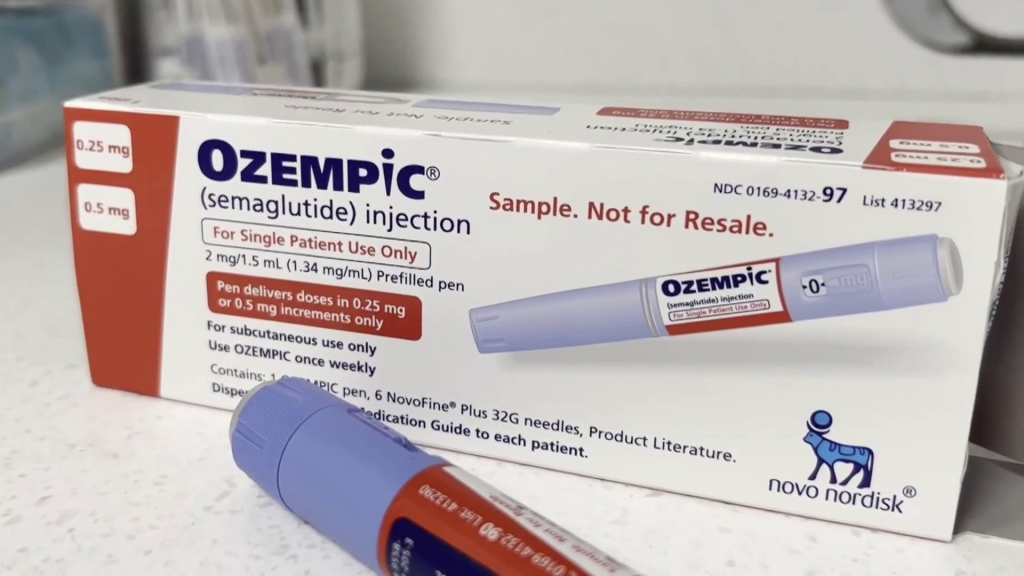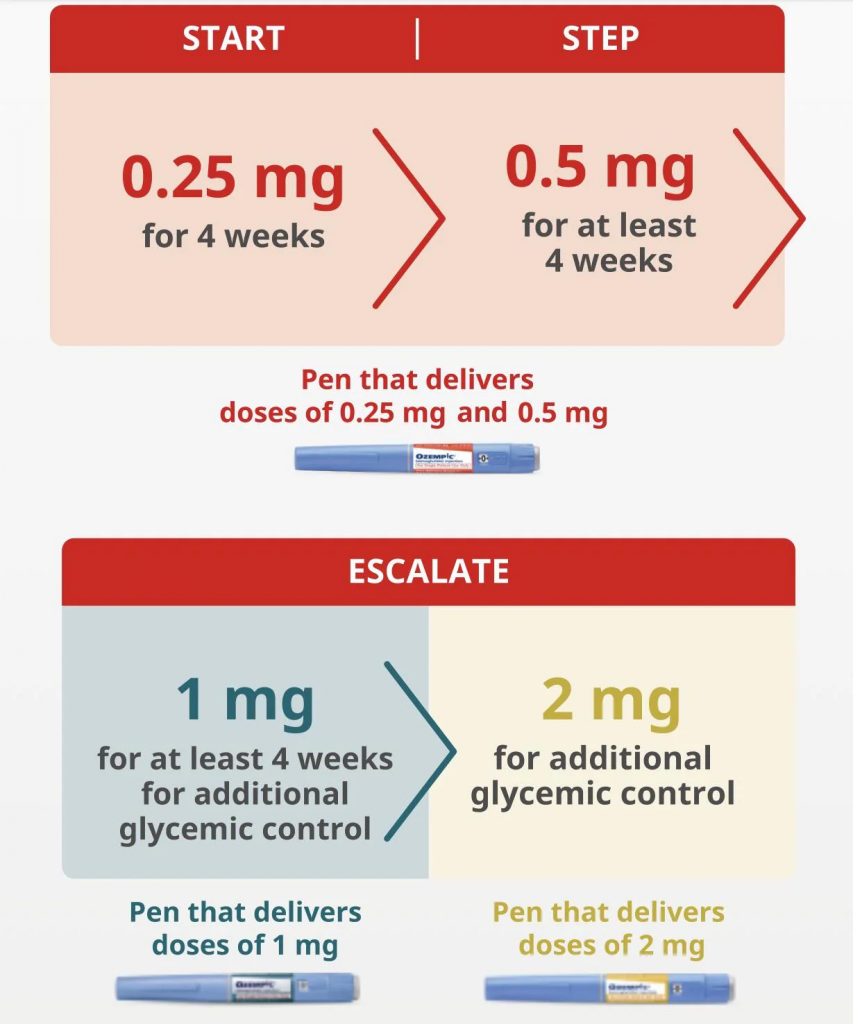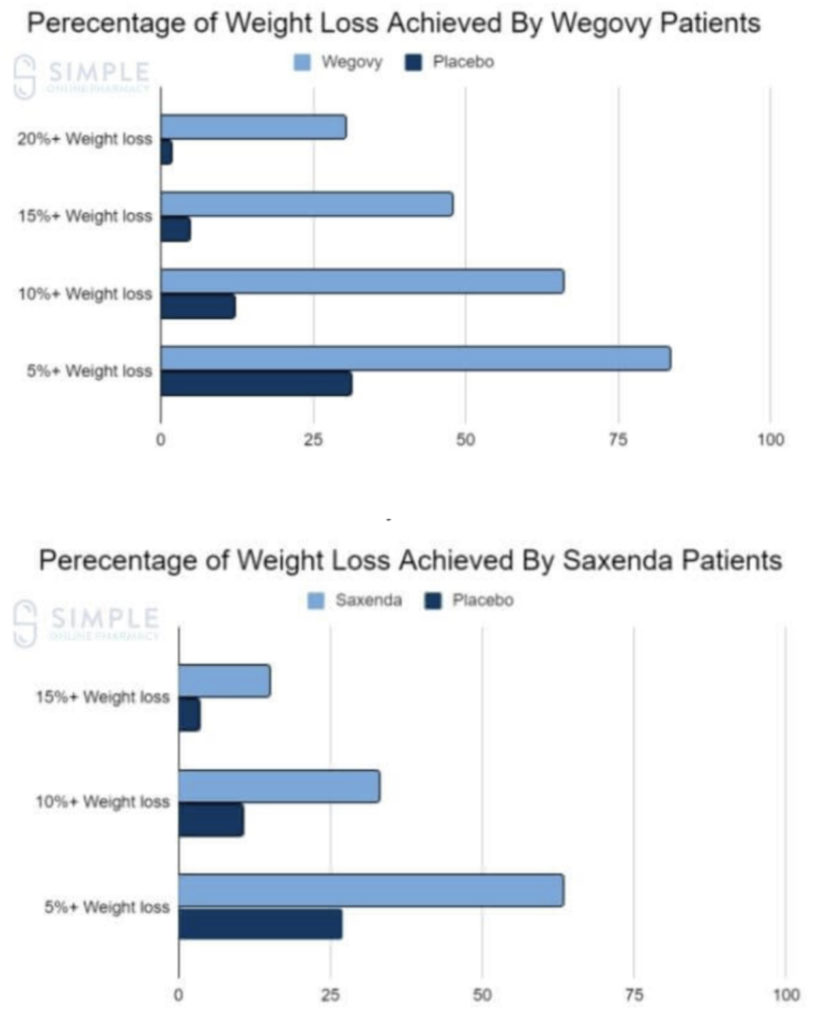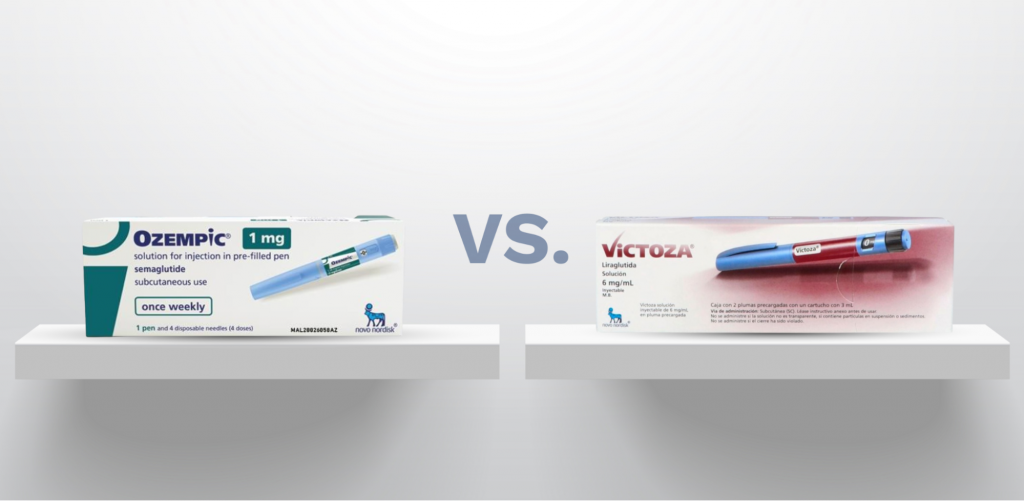Weight loss can be a challenging journey for many, with various hurdles along the way. In recent years, medical advancements have introduced new allies in this battle against obesity, one of which is a prescription drug known as Ozempic. This article aims to provide comprehensive insights into Ozempic, from understanding its mechanism to how you can obtain it, including dosing guidelines and the possibility of purchasing Ozempic online.
Ozempic, known generically as semaglutide, is a medication that has recently gained attention for its weight loss benefits. Initially approved for managing type 2 diabetes, it has shown promise in helping individuals shed pounds.
Ozempic is an injectable prescription medicine that falls under the class of drugs known as GLP-1 receptor agonists. It works by mimicking a hormone that targets areas of the brain involved in appetite regulation.
Clinical studies have found that Ozempic can lead to significant weight loss in some patients, making it a potential option for those struggling with obesity or weight-related health issues.

How Ozempic Facilitates Weight Loss
The Mechanism of Action: Ozempic works by slowing down gastric emptying and influencing insulin secretion, which leads to decreased appetite and calorie intake.
Benefits of Using Ozempic for Weight Loss: Patients have reported significant weight loss when using Ozempic in conjunction with lifestyle modifications.
Understanding the Prescription Process
Getting Ozempic prescribed involves a series of steps, starting with determining your eligibility.
To be eligible for Ozempic, patients typically need to have a BMI (Body Mass Index) above a certain threshold or have weight-related health problems like type 2 diabetes or high blood pressure.
A thorough consultation with a healthcare provider is essential. They will evaluate your health history, current medications, and overall suitability for the drug.
Before prescribing Ozempic, your doctor may require blood tests and other assessments to ensure it’s safe for you to use.

Getting Your Hands on Ozempic
How to Get Ozempic Prescribed: To obtain Ozempic, you must first consult with a healthcare provider who will evaluate if it’s suitable for you based on your health history and weight loss needs.
Ozempic Online: Is It Safe and Legal? While there are online services that may offer Ozempic, it’s crucial to ensure they are reputable and require a prescription from a licensed healthcare professional.

Administering Ozempic
Ozempic Dosing Guidelines: Ozempic is typically started at a low dose and gradually increased to minimize side effects and determine the most effective dose for weight loss.
Tips for Proper Injection Technique: As an injectable medication, it’s important to learn the correct technique to administer Ozempic safely.

The Importance of a Comprehensive Approach
Diet and Exercise While on Ozempic: Although Ozempic can aid in weight loss, combining the medication with a healthy diet and regular exercise is essential for optimal results.
Monitoring Progress and Side Effects: Regular follow-ups with your healthcare provider are necessary to track progress and manage any potential side effects.
** Potential Side Effects and Considerations
Potential Side Effects and Considerations of Ozempic (semaglutide) are as follows:
- Common Side Effects: The most common side effects of Ozempic may include:
- Nausea
- Vomiting
- Diarrhea
- Stomach (abdominal) pain
- Constipation
- Gastrointestinal Effects: Some individuals may experience gastrointestinal side effects, such as nausea and vomiting, especially when starting Ozempic. These side effects may improve over time, but if they persist or worsen, it is important to consult with a healthcare professional.
- Malabsorption of Nutrients: Nausea and vomiting side effects may indicate malabsorption of nutrients. It is recommended to eat slowly, monitor your diet, or take anti-nausea medications to manage these side effects.
- Serious Side Effects: While rare, Ozempic may cause serious side effects. It is important to seek immediate medical attention if you experience any of the following:
- Swelling in the neck
- Lump in the neck
- Hoarseness
- Trouble swallowing
- Shortness of breath
- Allergic Reactions: In rare cases, allergic reactions to Ozempic may occur. If you experience symptoms of an allergic reaction, such as rash, itching, or swelling, contact your doctor immediately.
- Other Considerations:
- Do not share your Ozempic pen with others, as it can lead to serious infections.
- Inform your healthcare provider about all the medications you are taking, including prescription and over-the-counter medicines, vitamins, herbal supplements, and other diabetes medications.
It is important to note that this is not an exhaustive list of side effects, and individual experiences may vary. It is recommended to consult with a healthcare professional for personalized advice and guidance regarding the potential side effects and considerations of using Ozempic.
Ozempic before and after




Wegovy vs Ozempic
Wegovy and Ozempic are two medications that contain the active ingredient semaglutide. While they share similarities, they are prescribed for different purposes and have distinct dosages.
Wegovy and Ozempic are both brand names for injectable semaglutide marketed by Novo Nordisk. However, they are prescribed for different conditions. Ozempic is primarily used to treat type 2 diabetes and prevent major cardiovascular problems in certain patients. On the other hand, Wegovy is specifically indicated for weight loss and long-term weight management in adults with obesity or who are overweight and have additional health problems.

Dosage forms and strengths also differ between Wegovy and Ozempic. Ozempic is available in injection form with strengths of 2 mg / 3 mL (0.68 mg/mL) and 8 mg / 3 mL (2.68 mg / mL). The dose of Ozempic is increased slowly up to a maximum of 2 mg weekly if required. Wegovy, on the other hand, is available in pre-filled, single-dose pens delivering doses of 0.25 mg, 0.5 mg, 1 mg, 1.7 mg, or 2.4 mg.
While both Wegovy and Ozempic contain semaglutide and work by decreasing appetite and slowing down stomach emptying to reduce hunger, they have different approved indications. Ozempic is FDA-approved for managing blood sugar levels in adults with type 2 diabetes and for lowering the risk of heart problems in certain adults with type 2 diabetes. Wegovy, on the other hand, is FDA-approved for chronic weight management in adults with obesity or who are overweight.

It is important to note that Wegovy is typically prescribed at slightly higher dosages than Ozempic. Wegovy pens contain higher doses of semaglutide, allowing for a higher dosage range compared to Ozempic. However, the specific dosage and treatment plan should be determined by healthcare professionals based on individual needs and considerations.
Victoza vs Ozempic

Victoza and Ozempic are both medications used to treat type 2 diabetes, but they have some key differences.
Victoza (liraglutide) is approved for use in adults and children aged 10 years and older with type 2 diabetes to help regulate blood sugar levels. It is typically administered once daily as a subcutaneous injection. On the other hand, Ozempic (semaglutide) is not approved for use in children and is specifically indicated for adults with type 2 diabetes. It is administered once weekly as a subcutaneous injection.

In terms of effectiveness, Ozempic may be more effective than Victoza at lowering hemoglobin A1C levels, which reflect average blood glucose levels over a 3-month period. Ozempic has also been associated with greater weight loss compared to Victoza. However, it is important to note that individual responses to these medications may vary.
Both Victoza and Ozempic can have side effects, including nausea, vomiting, diarrhea, and indigestion. Additionally, some patients taking Victoza have reported gallbladder problems, which may require hospitalization or surgical removal of the gallbladder. It is important to discuss potential side effects and risks with a healthcare professional before starting either medication.
Ozempic dosing
Here is some information regarding the dosing of Ozempic:
- Ozempic is taken once a week, exactly as prescribed by your healthcare provider, along with diet and exercise, to lower blood sugar in adults with type 2 diabetes.
- The starting dose of Ozempic is usually 0.25 mg once a week for the first 4 weeks. This allows your body to adjust to the medication. After 4 weeks, the dose is increased to 0.5 mg once a week.
- Your healthcare provider may adjust your dose based on your individual needs and response to the medication. The maximum dose of Ozempic is 2 mg once a week.

- It is important to follow your healthcare provider’s instructions on how to dose Ozempic and to take it on the same day each week to maintain a consistent schedule.
- If you miss a dose of Ozempic, you can take it as soon as possible within 5 days after the missed dose. If more than 5 days have passed, you should skip the missed dose and take the next dose on the regularly scheduled day.
- It is possible to change the day of the week when you administer Ozempic, as long as your last dose was taken 2 or more days before. However, it is recommended to consult with your healthcare provider before making any changes to your dosing schedule.
